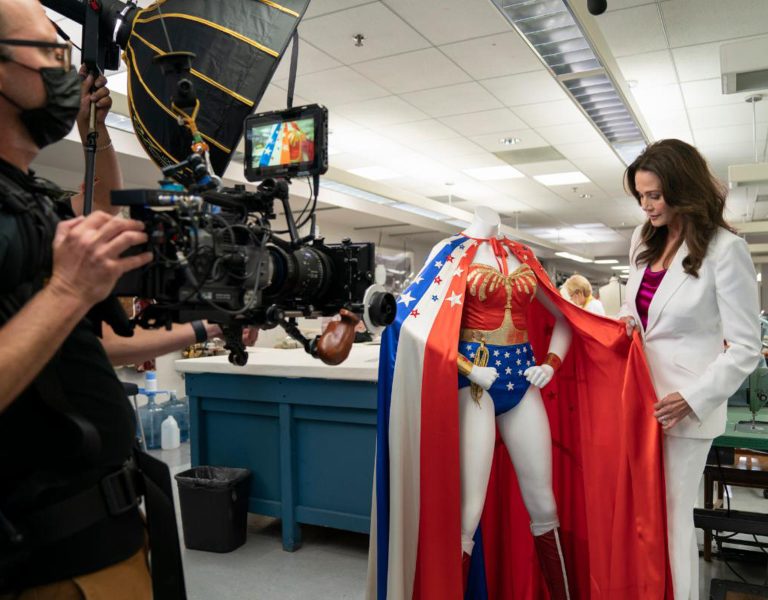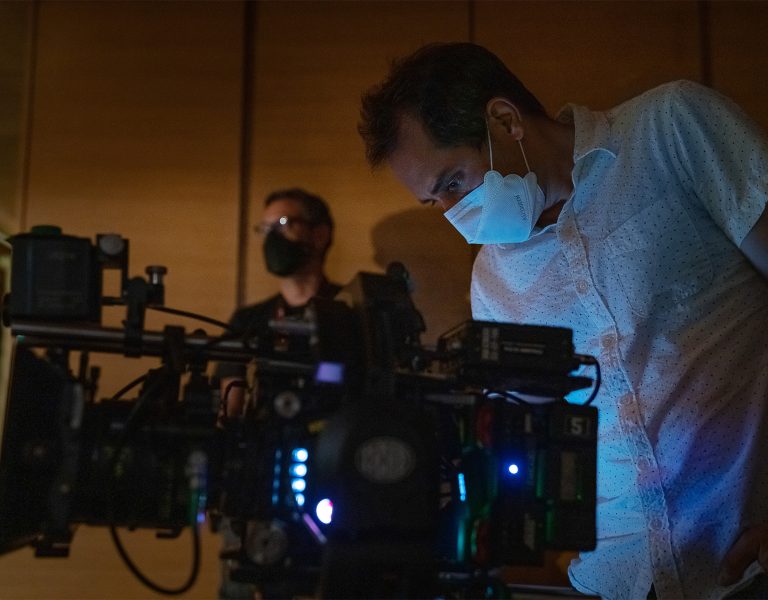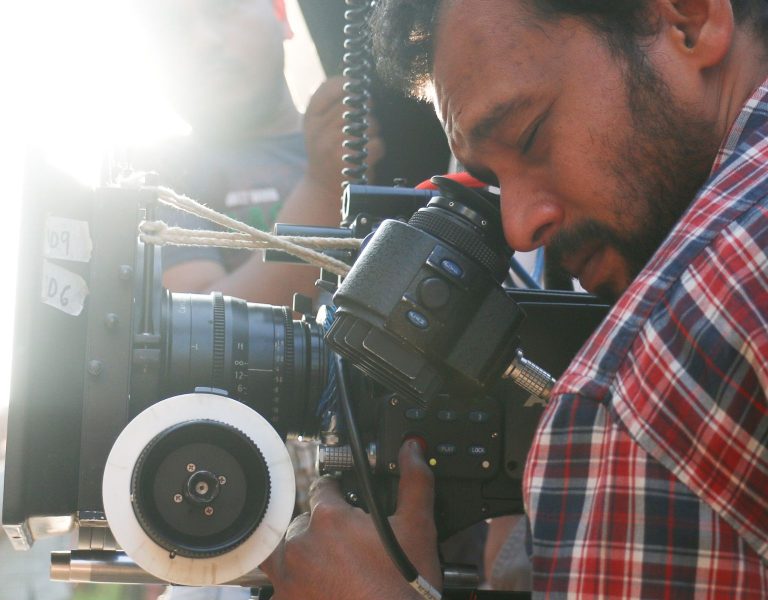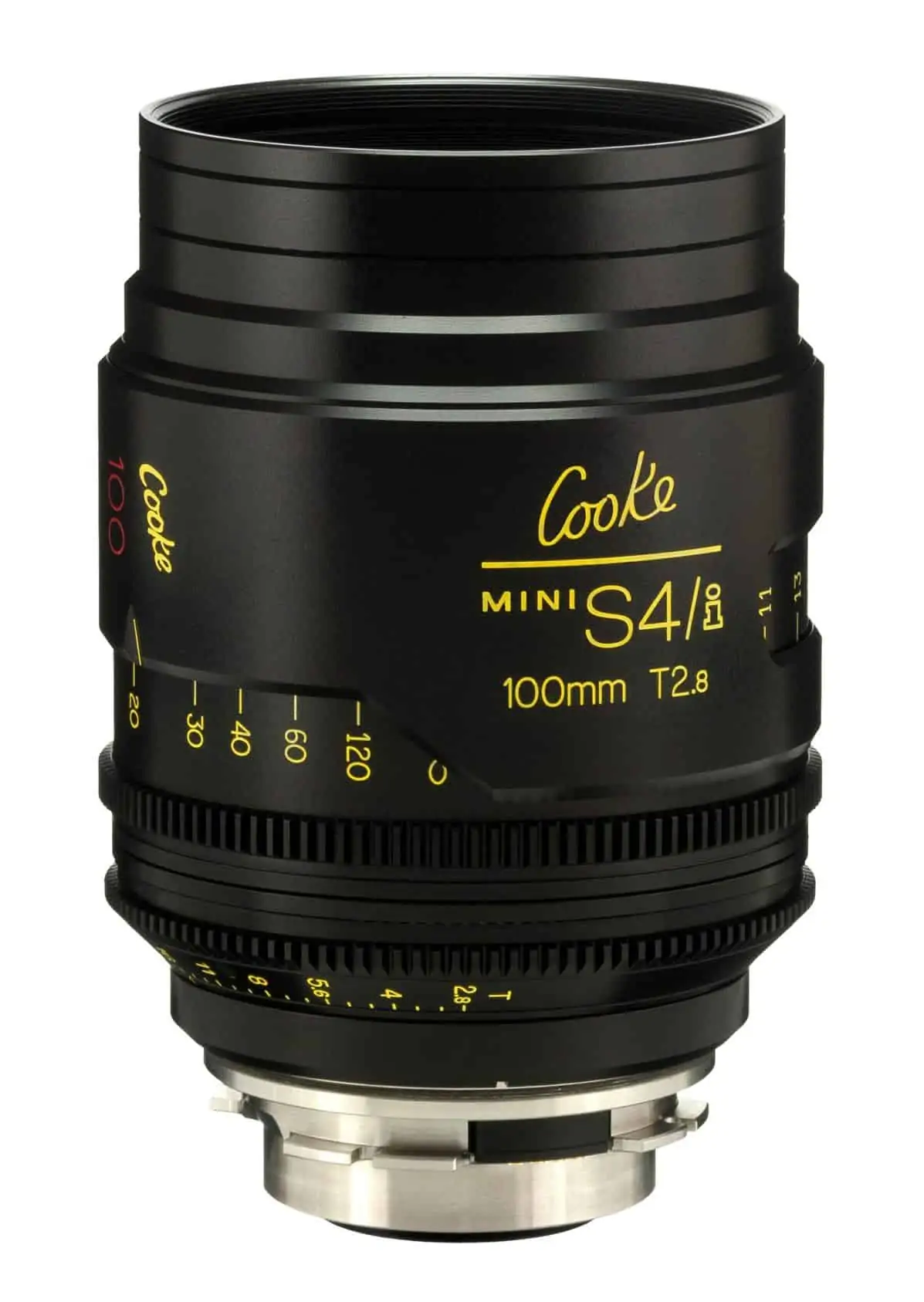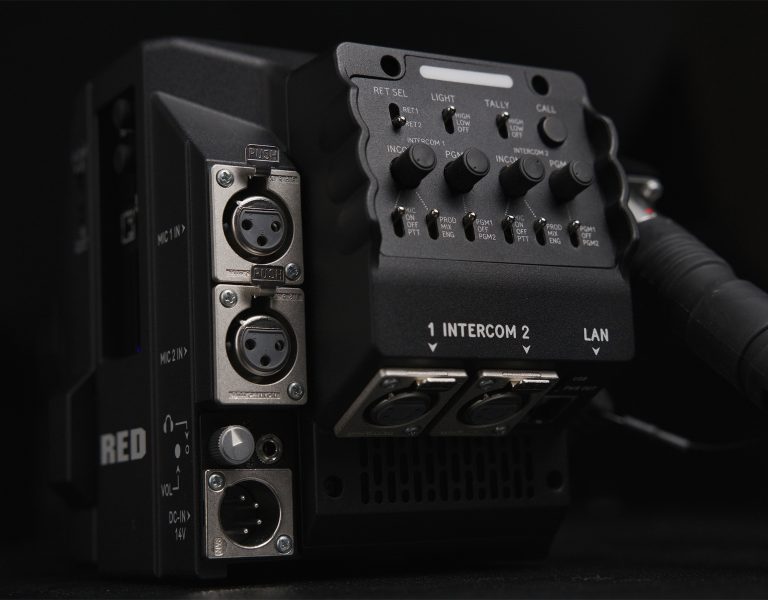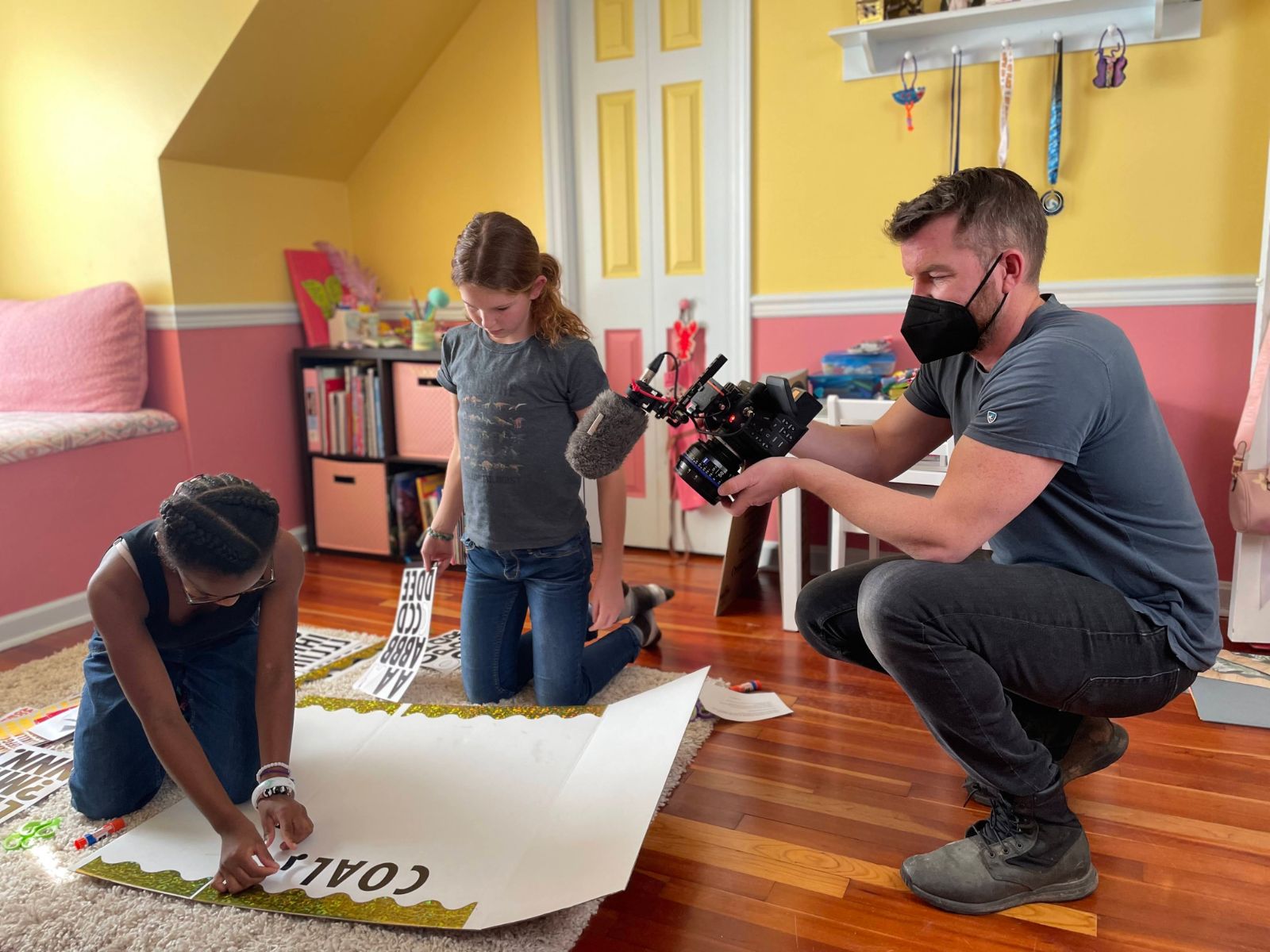
Filmmakers Elaine McMillion Sheldon and Curren Sheldon have received accolades including an Oscar nomination and Emmy Award for their documentary filmmaking which frequently seeks to shine a light on their home state of West Virginia. The pair’s latest film is the 2023 Sundance premiering King Coal, a lyrical tapestry focused on the complex history of the coal industry and the communities that have grown up in its embrace. The filmmakers chose to mix verité with magical realism to stylistically honour the Appalachians who make up the story. Sheldon selected ZEISS CP.3 lenses with a Canon C300 and a C70 as his primary camera package throughout filming.
“King Coal is a film that has come out of Elaine’s own life experience: she is the daughter of a coal miner,” explains Sheldon. Like his director/partner, the cinematographer grew up in West Virginia. The story is very personal to them both. “In this film, she wanted to explore how the coal industry has impacted not only jobs and the economy, but also identity and culture.” The coal industry has a divisive reputation and legacy media often portrays the Appalachian region in a negative light. A priority for the documentarians was to express the complexity and depth of the region while gaining the trust of their subjects.
Sheldon chose a compact camera package that would complement their small documentary crew, who would sometimes need to trek deep into forests or across rough terrain. “I used a Canon C300 as my A Cam and the Canon C70 as my B Cam. Those two cameras complement each other nicely because they have the same sensor.” For lenses, it boiled down to the two special filming styles they planned to implement. For the observational, verité core of the film, Sheldon picked ZEISS CP.3s, relying heavily on the 25mm and 50mm for his two-camera set ups. “Those lenses are the perfect match for a nice, locked wide shot and a roaming tighter second camera,” he explains. For the magical realism elements, he went in a distinctly different direction, the Voigtlander Heliar Classic, which he calls, “a dreamy looking lens.”
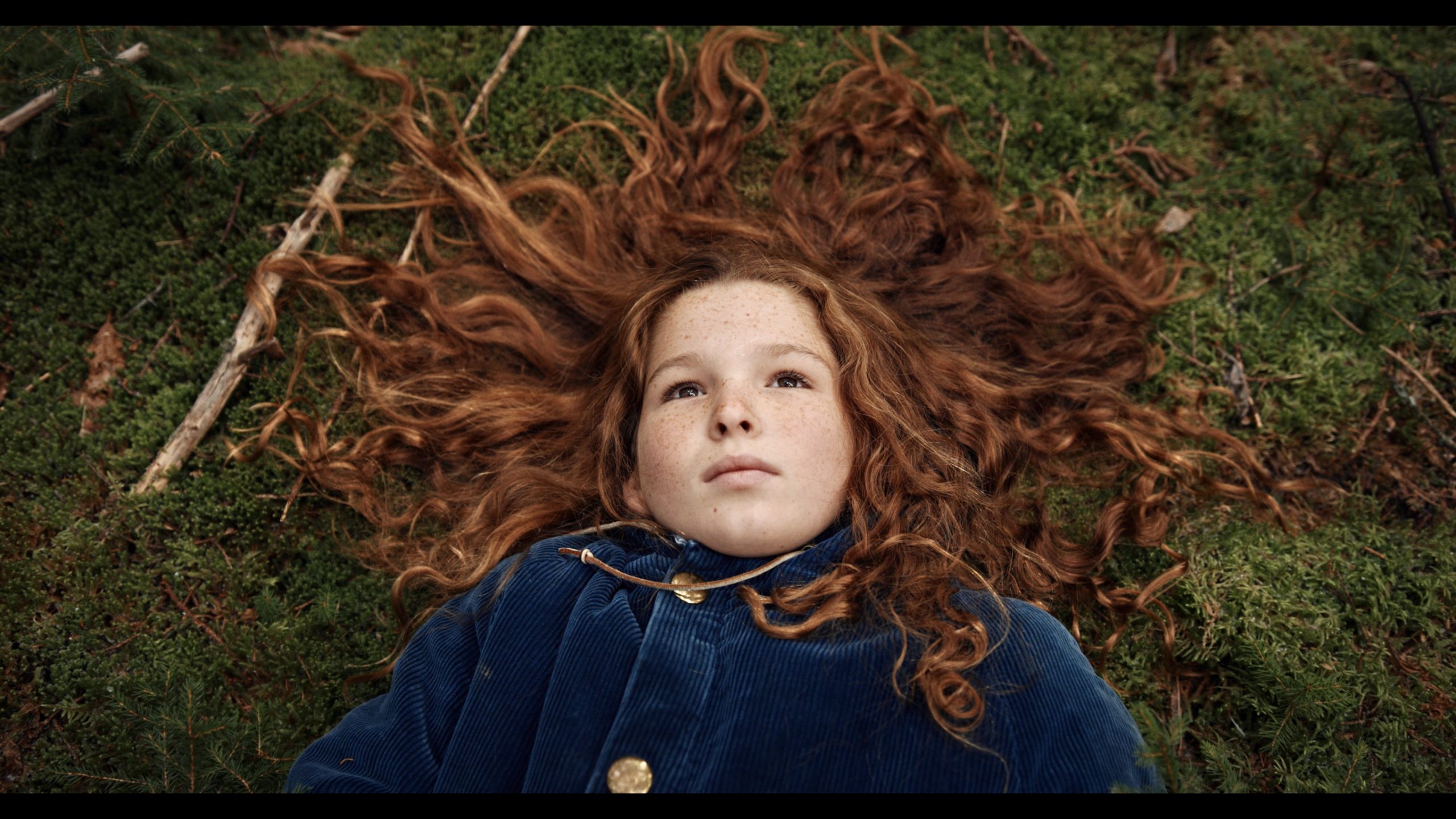
The film is bookended by a funeral procession, which relies on the ZEISS CP.3s to establish the overarching observational look, even as it weaves in more metaphorical elements. The procession is set in the breath-taking West Virginian hills, which cloaked in mist could be mistaken for Ireland. A eulogy is given to the death of King Coal, himself a metaphor for the Appalachian industrial identity, followed by the emotional performance of a gospel singer. Crisp and clarifying, the scene sets the tone, establishing the metaphor of the kingdom of coal, while embracing the observational style, lending the sequences added poignancy. “We wanted a very beautiful, clean look and I think the CP.3s gave us that very nicely,” Sheldon says. The contrast with subsequent departures into magical realism, rich with halation and flares, helps give those scenes an extra visual pop.
Most of the film follows ‘coal events,’ public celebrations, including coal-themed fairs, pageants, races, etc., hosted by the coal mining companies to develop community within the region. “Elaine had the foresight when she started shooting the coal events to do it in a very specific way,” Sheldon says. “Initially, the look was very locked down and observational, just watching things move in the frame.” He adopted this approach after coming onboard, positioning a tripod and allowing the action to take place in the wide shot. The wide shot stayed on the ZEISS CP.3 25mm, while Sheldon took the B Camera, moving in on the 50mm to shoot certain moments closer up.
What makes King Coal stand out are the elements of magical realism interwoven throughout. “We separated the coal world from another world we called Vandalia, which is an old potential name for West Virginia. Vandalia had a free roaming, almost abstract, magical realism look.” Here the filmmakers departed from a strictly documentarian approach, going as far as to cast two young girls, daughters of miners themselves, from dance studios in West Virginia. “They served as our vehicle through this world,” the cinematographer explains. “We didn’t tell them what to say, nothing is scripted, but we placed them in certain scenarios and allowed them to be themselves.”
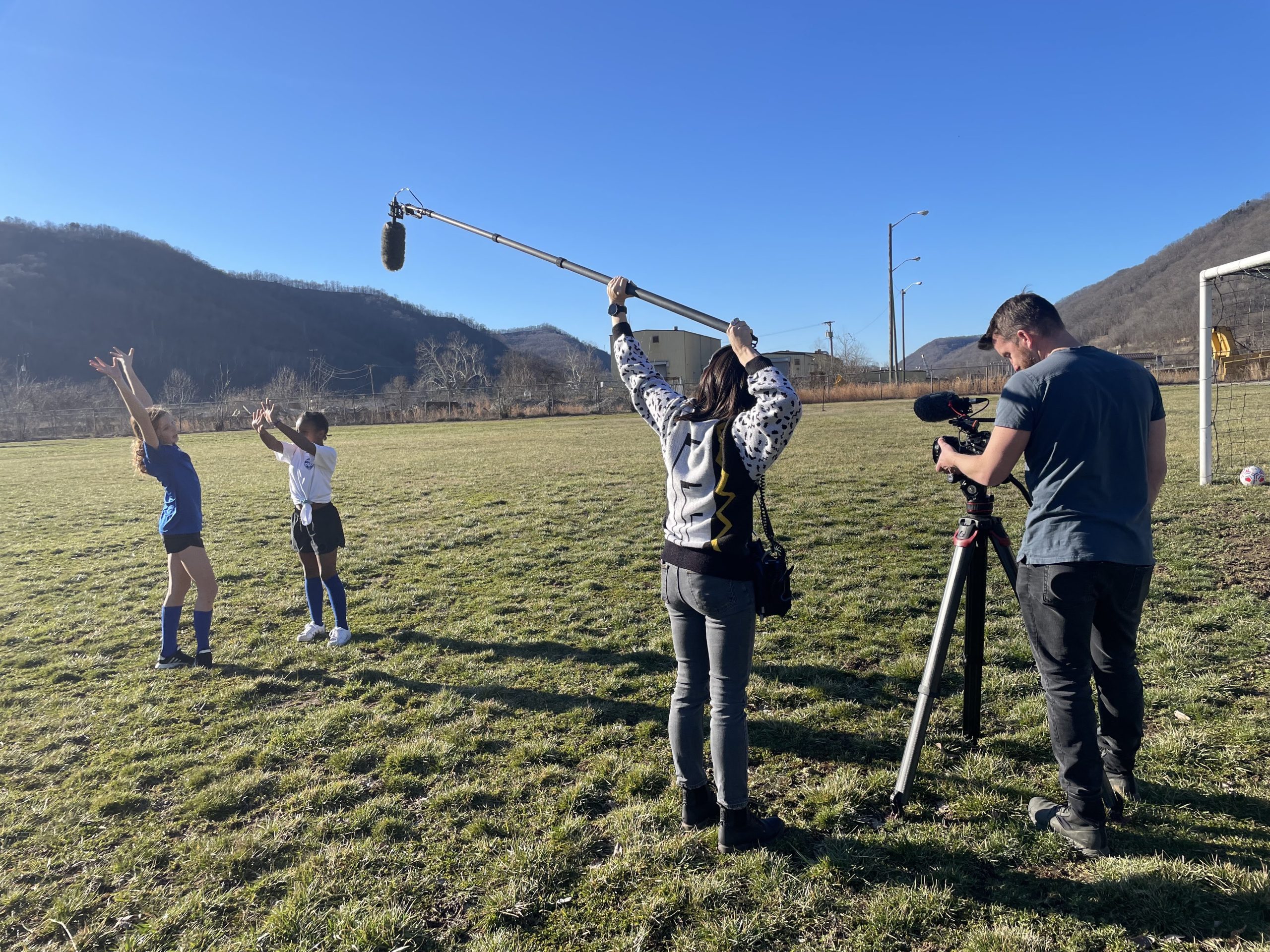
Along with participating or appearing at some of the coal events in the film, the girls help the audience to experience the breath-taking natural features in the region. From enchanted forests and the splendour of autumn to the light fluffy snow of approaching winter, the girls, particularly the “main character” Lanie, make the coal world and Vandalia accessible, their spontaneity and open mindedness conveying the filmmaker’s sense of compassion and care for the region. “King Coal is a hybrid film, so we had a little bit more freedom to play with our characters. We did direct in terms of wanting them to go there, or walk here, or explore. With Lanie we were able to use her presence to push a scene in a direction we wanted to examine.”
The film’s reception has been overwhelmingly positive. King Coal has had a rich film festival run, beginning with its prestigious premiere at the Sundance 2023 film festival. Sheldon himself has received an ASC 2024 nomination for Outstanding Achievement in Documentary, a testament to the hybrid documentary’s memorable visual style. “One of the greatest compliments of the film so far is that it offers a lot of hope for people in the region,” Sheldon adds. “It’s about seeing as much of the whole picture as possible in 90 minutes.”
The film is set to air on the PBS Series POV.
